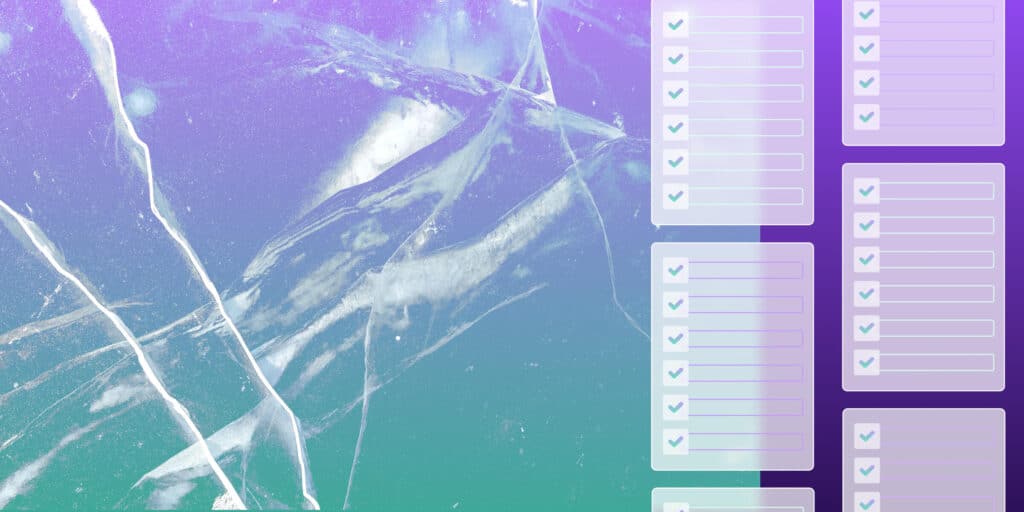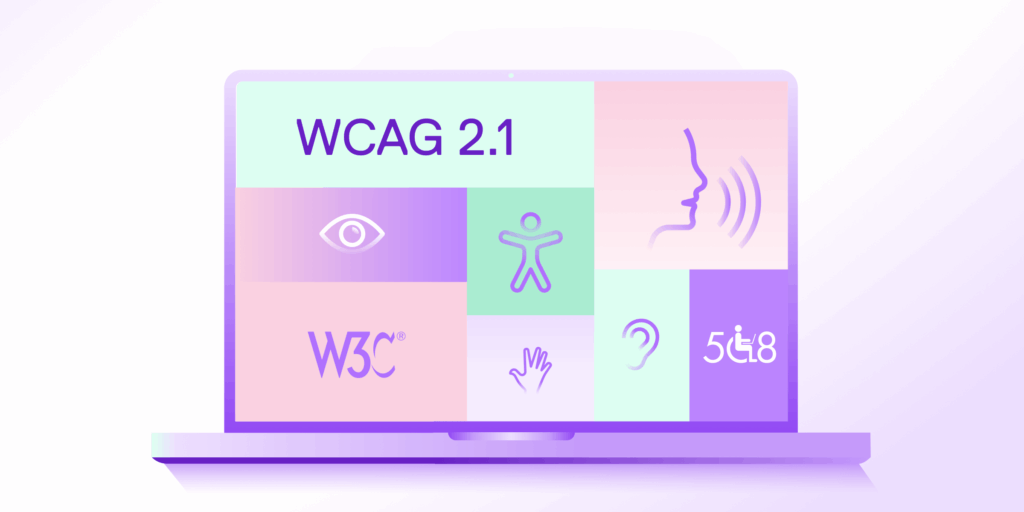Alternative assessment is about as “alternative” in your average university or college classroom as alternative music: which is to say pretty mainstream. While alternative assessment was once a push-back against the old Greek and British “I teach, you learn” lecture and testing styles that represent the foundations of the western education system, almost every faculty now employs a system of assessment that recognizes the ineffectiveness of such draconian methods.
Yet universities and colleges still use standardized exams and lectures as part of their teaching practice, and assessment for measuring learning and student achievement. While they’ve come a long way in diversifying their assessment and evaluation tools, they still generally fall under the headings of diagnostic, formative, and summative assessment.
There is nothing wrong with these classifications for assessment. They represent an already coherent response to the multifaceted realities of the modern classroom and achieving. They do, however, confine the role and structures of assessment to particular contexts that are bound to traditional definitions of what assessment really proves.
But what if you want something new for evaluating the competency of your students? What if you are looking for a way to maximize the demonstrability of content or skills for students who—while great students—are not good at taking a test. As post-secondary institutions continue to respond to mental health issues and the general sense of anxiety that underwrites the process of pursuing a degree in the current economic climate, there is an increased call for assessment strategies that recognize the limitations of students.
This post suggests ways for instructors to continue “pushing back” against mainstream assessment strategies by first identifying the opportunity for, or necessity of alternatives to the written exam, PowerPoint presentation, group project, or diagnostic quiz that can demonstrate the student has 21st century skills. There are plenty of other ways to assess student performance and understanding of the material and curriculum, and allow them to demonstrate their understanding and mastery of the subject.
What is the goal of assessment?
It might initially seem like an easy question but the goal of assessment in the modern classroom is a shifting one. If you’re working to get a sense of your students, you might use a diagnostic assessment to gauge where your students fall, both on their own as well as in relation to their peers. If you are mid-semester, then you might use a formative assessment to give the student a sense of where he or she is along the continuum of comprehension or skill development. Either way, it’s worth remembering that performance assessment is a tool for teaching, not a scale that determines success or failure.
Too often we see the binary notion that passing a test or being graded well makes you a success and that not passing makes you a failure. If you grew up in an educational system like those in the US or Canada, then you already understand the dangers of this mentality for evaluation. If you didn’t, then let me just say that it’s easy to identify as “a success” or “a failure”, and carry that mentality forward, based on nothing more than the notion that assessment reveals some objective truth: it doesn’t.
So looking at assessment as a tool is a useful part of the pedagogical philosophy that we learn from our mistakes. This suggests that trial and error are viable forms of discovery and effective ways to learn in a low-stakes environment. In other words, it changes the culture of assessment from “pass-or-fail” to “pass-or-learn.”
The key here is to achieve a balance between a refocusing of assessment in the classroom and the existing (slower to evolve) structures that govern the role of assessment on an institutional level. This tension can be seen most clearly any time an educator says “I don’t believe in As” despite the fact that the rest of the institution does believe in As and, moreover, demands them when applying for professional programs and graduate schools.
So while you experiment and engage with designing new forms of alternative assessment, never forget your students and learning goals as the effective outcome. It is important to find new applications and pedagogical uses for alternative assessment, but it cannot come at the expense of our students’ opportunities outside the classroom.
3 alternative assessment strategies
-
-
Concept mapping or visual representations
-
This is a great strategy for diagnostic, formative, and summative assessment. Most basically, students are asked to create a visual representation of a concept, skill, or piece of information, in as comprehensive a way as possible. This not only forces students to engage with pedagogical elements on an abstract level but it also demonstrates to instructors how the students structure, connect or manipulate these elements in relation to other concepts, contexts and patterns.
Using concept mapping as an assessment means that instructors can see how their students are engaging with concepts or content beyond the student’s ability to articulate that understanding through written and oral language conventions.
-
-
Conference and collective presentation
-
This at first appears to be just a new spin on presentations but it draws its nuances from the academic culture of the institution that asks students to not only draft and present their work but also manipulate it and transform it in front of their peers and in response to questions. This helps promote better student engagement in the course material as well, and can bring their strengths and weaknesses to light.
Students are assigned a series of topics. Students select a specific topic as their guiding theme and then build an interest-based presentation that allows them to play to their own strengths. Finally, students present these topics to the class knowing that everyone will be presenting similarly. From here students are asked to field questions from peers and their instructor in a way that demonstrates a free-form understanding of the topic and its broader connections and contexts in a collaborative format.
-
Student portfolios
Simply, student portfolios are an attempt to respond to the “all-or-nothing” “moment of truth” culture that surrounds the exam-style assessment for learning. Student portfolios are created over the duration of a course and contain all the forms of assessment completed during this time. The portfolio provides instructors with a sense of student-growth in more detail than “Student x got 75% on test 1 but only 60% on test 2” that’s historically been used as an assessment of learning and to measure competence. Anyone who has taken a test while sick, with limited sleep, while dealing with performance anxiety, or was simply having a bad day, knows that a single test or assignment does not define a student.
More than anything, student portfolios bring up the subjective nature of alternative assessment strategies. Instructors are given an opportunity to invest slightly more time but also shift the ways they assess more toward the individual students. A portfolio offers a range of works that speak to the overall progress of a student without necessarily comparing them to the other students in the class (one of the great pitfalls of traditional assessment). In this way, instructors have the opportunity to award credit for innovative technique, risk-taking, creativity, and dedication (the skills most necessary for professional development, and adapting and learning in the real world).
Look for more
However you decide to engage with alternative assessment strategies, it is important to remember that there are limitless opportunities to enrich student experience but it cannot come at the expense of student opportunities outside of the classroom. So as you search for new ways to develop alternative assessments, rubrics, and criteria to go with it, remember to look for those places where learning is being undermined by objectivity and where alternative forms of assessment for learners exist but can be renewed.
The age of ranking, defining and compartmentalizing student learning experience is coming to an end. It is the mark of an older social order defined by constrictive economic and political cultures. Alternative assessment strategies change the way instructors orient their teaching, therefore changing the pedagogical culture from one focused on the abstraction of “success” to one focused on the human experience of learning.
Related story
How and why performance assessment should be implemented
Get a comprehensive guide to all the assessment technology and tips on balancing formative and summative assessments. Download How to Choose the Best Assessment Tool for your College Class.


